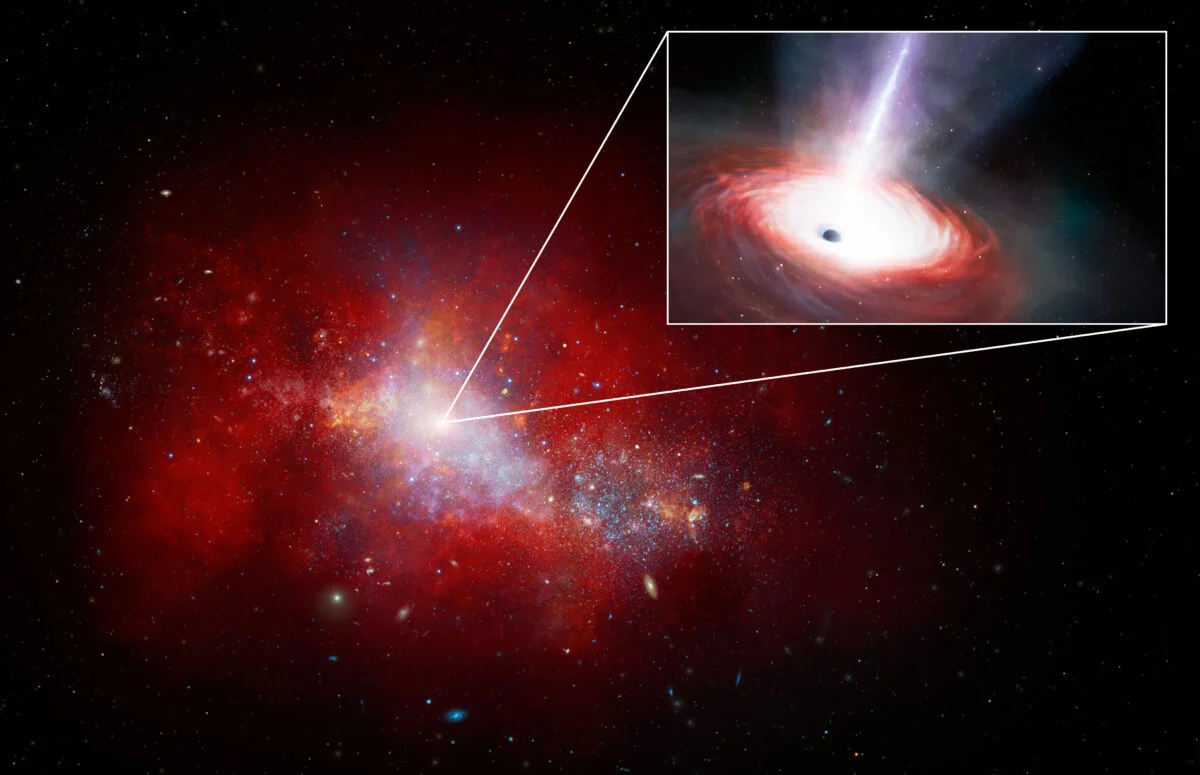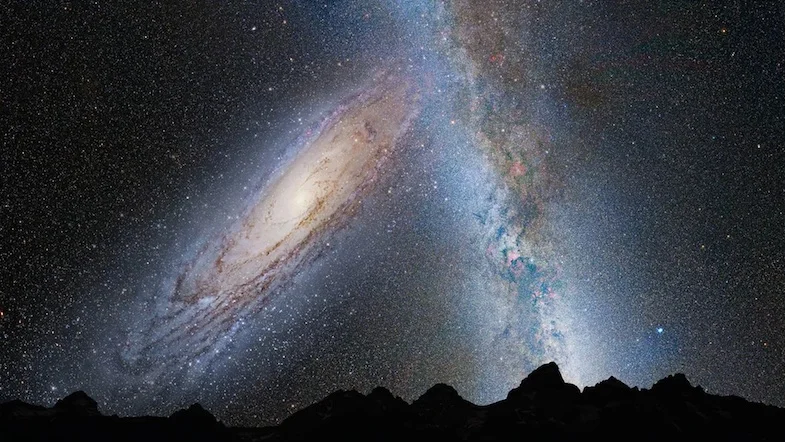
XRISM’s Data Debut: Unlocking the High-Energy Universe
- Exotic objects
- July 26, 2024
- 591
The X-Ray Imaging and Spectroscopy Mission (XRISM) has delivered its first scientific results, showcasing its revolutionary capabilities in high-energy astrophysics. Launched in September 2023, XRISM is a collaboration between the Japanese Aerospace Exploration Agency (JAXA), NASA, and the European Space Agency (ESA). With state-of-the-art spectroscopic tools, the observatory has already revealed groundbreaking insights into a supernova remnant and a warped accretion disk around a supermassive black hole.
A New Standard in X-ray Spectroscopy
XRISM’s key innovation lies in its Resolve instrument, a microcalorimeter that measures the minute heat generated when X-rays strike its detector. This allows Resolve to deliver unprecedented spectral resolution, revealing detailed information about the temperature, density, and motion of cosmic plasma. Alongside Resolve, XRISM’s Xtend instrument provides imaging in the soft X-ray spectrum.
“These instruments allow us to probe the hottest plasmas in the universe with unparalleled precision,” said Dr. Lia Corrales of the University of Michigan, a co-author on XRISM’s early studies.
First Discoveries
1. Supernova Remnant N132D
Located in the Large Magellanic Cloud, supernova remnant N132D formed roughly 3,000 years ago when a massive star exploded, releasing iron and heating the surrounding gas to 18 billion degrees Fahrenheit (10 billion degrees Celsius). XRISM traced this iron and revealed that the remnant is not spherical as previously thought, but donut-shaped. The iron-rich torus is expanding at an incredible 2.7 million mph (4.3 million km/h). These findings highlight the exceptional precision of XRISM’s spectroscopic capabilities.
2. Active Galactic Nucleus of NGC 4151
The observatory also investigated the active galactic nucleus (AGN) of NGC 4151, a spiral galaxy 62 million light-years away. The AGN’s supermassive black hole, weighing 30 million times the Sun’s mass, is surrounded by a turbulent accretion disk. XRISM’s instruments traced iron within the disk, enabling researchers to map the plasma’s movement and temperature in unprecedented detail. These observations promise deeper insights into the behavior of material spiraling toward supermassive black holes.
A Bright Future for High-Energy Astrophysics
XRISM has now entered its General Observer (GO) phase, allowing scientists worldwide to propose observation targets. Over the coming years, XRISM is expected to revolutionize our understanding of the high-energy universe, from supernova remnants to black holes and beyond.
“XRISM has set a new standard for exploring the cosmos,” said ESA Project Scientist Matteo Guainazzi. The mission is poised to deepen our understanding of some of the universe’s most extreme environments, with the promise of even more discoveries to come.



